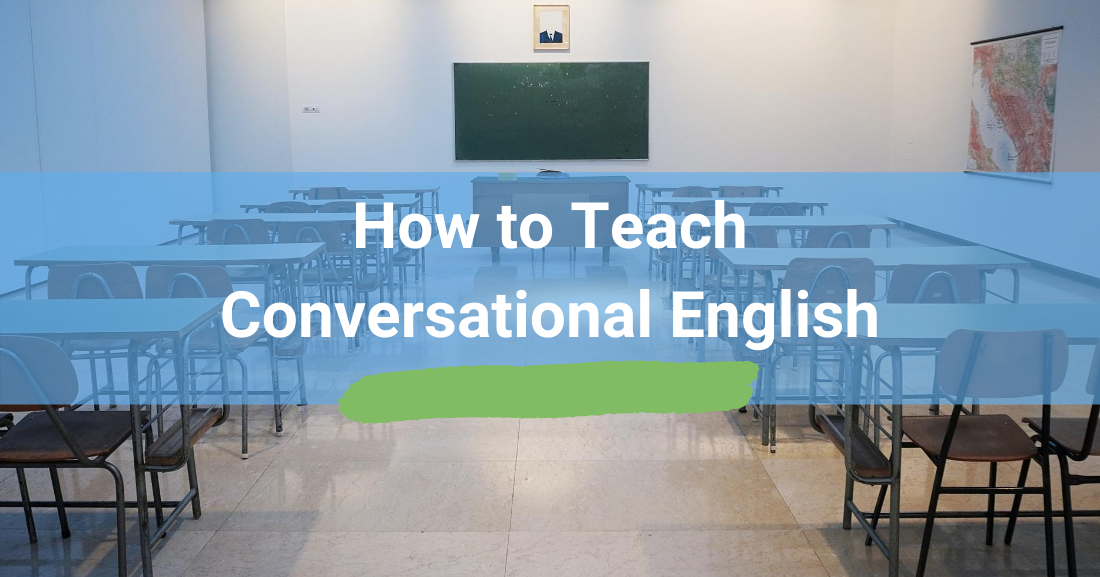From I Donít Want to Talk about It to I Canít Wait to Talk about It!: Turning Your Students on to Discussion



And while the conversation class may certainly be less rigorous than, for example, an advanced writing class, it has its own set of problems. In a writing class, I know what the students need, and the title “Advanced ESL Composition” alone suggests the curriculum: course readings and several student essays on related topics over the course of the semester, in drafts increasing polished and focused on structure, grammar, and punctuation. A conversation class, however, is less defined. What exactly is a conversation class? What is the curriculum? Sometimes there’s not even a course text available. Despite this initial lack of clarity, however, there are general principles of best practice that a conversation class can be built around.

I’m always surprised when in the first days of class students turned to me or ask their classmates if they are holding the conversation “correctly,” if it is “right.” Rarely even in our native languages do we concern ourselves if the conversation is proceeding “correctly”; the point is if our meaning is coming through. This is what should be emphasized to students: it’s not a matter of “right” but whether or not your classmates understand you and can respond to you!
Before entering in academic conversations, students have to agree on some basic “rules for engagement”: listening to each other courteously; listening actively by clarifying meaning and asking for examples; advancing one’s own opinions clearly and politely while considering the audience, etc. Most students will really know these rules already from their first languages—there are probably some cultural universals in politeness—and can usually help in brainstorming five or so rules to be displayed prominently in the class. More than five will likely be too many to focus on and be useful. Holding discussions on topics students enjoy and promoting class discussions are practical opportunities to encourage polite conversation.

There are few things more uncomfortable than being in a conversation on a topic you either intensely dislike or have nothing to say on. Most native speakers will excuse themselves from such conversations as soon as possible. Teachers should be wary of assigning controversial topics such as the legality of abortion or same sex marriage without gauging the climate of the class and having an idea of how receptive students will be to such topics. Some classes are perfectly capable of holding a mature conversation on these topics, others not depending on their language and cross-cultural and interpersonal skills. Teachers should ask themselves the following: Are my students capable of listening to their peers on the topic without erupting in anger? Can they advance their own opinions without undue embarrassment? One way around this concern is allowing students to come up with their own topics to use over the course of the term. Have them work in groups, write agreed-upon topics on index cards, and collect them. They do not have to be “academic” topics like the validity of global warming but almost anything students are interested in and can discuss for an extended time, such as favorite music. One class session or part of one in brainstorming topics will likely yield enough topics for the term, and the instructor can just draw an index card to use during discussion time. Playing a conversation game can be a great activity to help students engage.
Conversation occurs in small, not large groups. Having students work in small groups or pairs is usually more productive for a number of reasons: students are less self-conscious if they are “performing” in front of a small group rather than large, and they have more chance to speak in a smaller group. In addition, conversations generally occur in smaller groups, as any party or meeting will demonstrate—people gather in small groups to talk when given the opportunity. Setting aside regular time for students to get into groups for discussion will help them develop their conversation skills.
Working in groups helps students in a number of ways:
Working in groups provides a practical learning experience.
Some teachers assign conversational partners or groups for the term, and this has advantages, such as students get to know each other better this way, and they can quickly get into their groups when asked to, easing transitions. However, there also are advantages to occasionally rotating partners or groups, perhaps every few weeks. In this way, students get to know more of their peers and become exposed to more ideas while still having the structure provided by having a stable group for a period of time.
Too often conversations even between native speakers fall flat because the participants don’t know conversation strategies. In addition, there is a difference between an everyday conversation and an academic conversation. Many if not all of our students can carry on an everyday conversation without much difficulty: “What would you like for dinner?” “I dunno. Pizza? Chicken? What do you want?” Much of our day-to-day “conversation” goes on in exchanges like this and requires few strategies. But to have a real “conversation” on the topic of food choices, for example, the conversational partners will have to know different strategies for introducing the topic, drawing each other out, asking for opinions, advancing their own, using examples, and so forth.
It seems elementary, but it is often forgotten that students may not be participating because they simply don’t have the vocabulary to enter a specific conversation. Introducing some key phrases and words related to the topic will help this. For example, on the topic of different types of vacations today, students should learn words like “condo,” “time share,” “hotel,” “motel,” “extended stay,” “business class,” and “coach.”
There are specific strategies for entering, extending, and ending conversations both formally and informally. For example, with “Hey, Diana! How was your vacation to Hawaii?” I am signaling to Diana that I’d like to open an informal and probably brief conversation on the topic of her vacation that might extend a little into my vacation and vacations in general. However, with “What do you think about how we vacation today? Hasn’t it changed quite a bit from even ten years ago?” I am signaling a different kind of conversation—more in-depth and analytical as the conversation participants consider different types of vacations, and more academic. Knowing these strategies for different types of conversations will help students avoid confusion and even annoyance and gain experience in different types of conversations.
Because the focus of instruction, and of conversation itself, is on communicating meaning rather than on correctness, students should be assessed mostly informally. The instructor can walk around the class, sit in on conversations, and get an idea this way on the degree of participation of each student. Students can also be asked to hold a conversation in front of the teacher or class and be assessed by a rubric on the degree of responding to and advancing topics, on use of strategies and vocabulary, and so forth. Finally, more formal quizzes and tests can also be given in the form of listening to taped conversations and answering questions about topic, vocabulary, responses, strategies, and so on.
However, keeping in mind such strategies as preteaching vocabulary, establishing small groups, and teaching conversational strategies, there is plenty to teach and do in the conversation class!